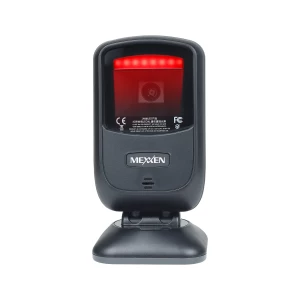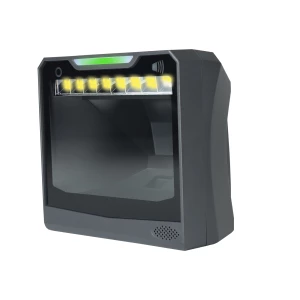Fingerprint Scanners: What Buyers Need to Know in 2025
As security needs grow, fingerprint scanners have become essential for businesses and homes. Whether for access control, time attendance, or device security, these devices offer convenience and enhanced protection. This article explores the latest trends, types, and buying considerations for fingerprint scanners in 2025.
How to Find Reliable Fingerprint Scanners from China in 2025
China remains a leading manufacturer of fingerprint scanners, offering competitive prices and advanced technology. To find reliable suppliers:
- Check certifications like CE, FCC, and ISO 9001
- Read customer reviews on platforms like Alibaba
- Request product samples before bulk orders
- Verify manufacturer warranties and after-sales support
Top Chinese manufacturers often provide OEM/ODM services, allowing customization for specific needs.
What Buyers Should Know Before Buying Fingerprint Scanners from China
When importing fingerprint scanners from China, consider:
- Shipping costs and import duties
- Compatibility with existing systems
- Software updates and technical support
- Minimum order quantities (MOQs)
- Lead times for production and delivery
Always request detailed product specifications and test reports to ensure quality.
Types of Fingerprint Scanners
There are several fingerprint scanner technologies available:
Optical Scanners
Use light to capture fingerprint images. Affordable but less secure than other types.
Capacitive Scanners
More accurate and durable, using electrical currents to map fingerprints.
Ultrasonic Scanners
High-end technology that creates 3D fingerprint images through sound waves.
Thermal Scanners
Detect temperature differences to identify fingerprint patterns.
Functions and features of Fingerprint Scanners
Modern fingerprint scanners offer various features:
- Multi-factor authentication (combining fingerprint with PIN or card)
- Anti-spoofing technology to prevent fake fingerprints
- Wireless connectivity (Bluetooth, Wi-Fi)
- Weatherproof designs for outdoor use
- Large capacity storage (1,000+ fingerprints)
Scenarios of Fingerprint Scanners
Fingerprint scanners are used in diverse settings:
Office Security
Control access to sensitive areas and track employee attendance.
Residential Buildings
Replace traditional keys with secure fingerprint entry systems.
Educational Institutions
Manage student attendance and restrict unauthorized access.
Healthcare Facilities
Secure medication storage and patient records.
How to Choose Fingerprint Scanners
Selecting the right fingerprint scanner depends on:
- Purpose: Identify whether you need it for access control, time attendance, or device security.
- User Capacity: Choose based on the number of users who will register fingerprints.
- Environment: Consider indoor vs. outdoor use and potential exposure to elements.
- Integration: Ensure compatibility with existing security systems.
- Budget: Balance cost with required features and durability.
Fingerprint Scanners Q & A
Q: How accurate are fingerprint scanners?
A: Modern scanners have false acceptance rates below 0.001% when properly configured.
Q: Can fingerprint scanners be fooled?
A: High-quality scanners with live detection technology can prevent most spoofing attempts.
Q: How many fingerprints can a scanner store?
A: Capacity varies from 100 to over 10,000 fingerprints depending on the model.
Q: Are fingerprint scanners hygienic?
A: Many models now feature antimicrobial coatings, and touchless options are becoming available.
Q: What's the average lifespan of a fingerprint scanner?
A: Quality devices typically last 3-5 years with proper maintenance.
Q: Can damaged fingerprints be read?
A: Advanced scanners can often read partial or worn fingerprints through multiple authentication attempts.

























